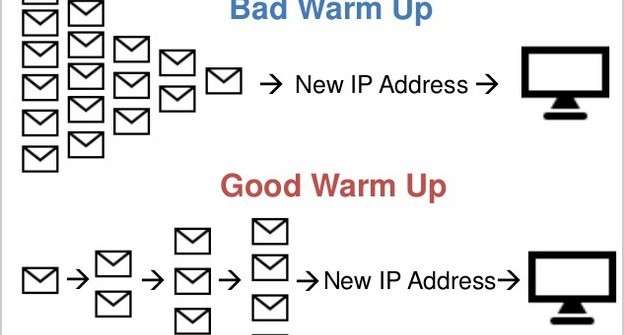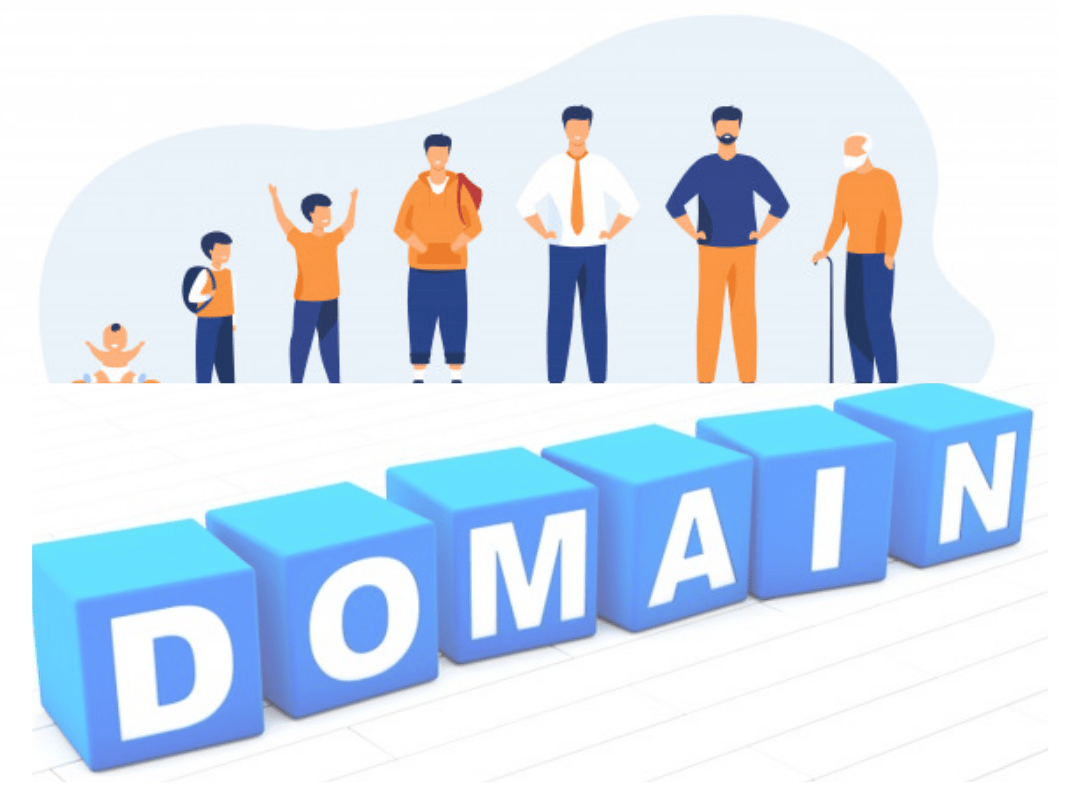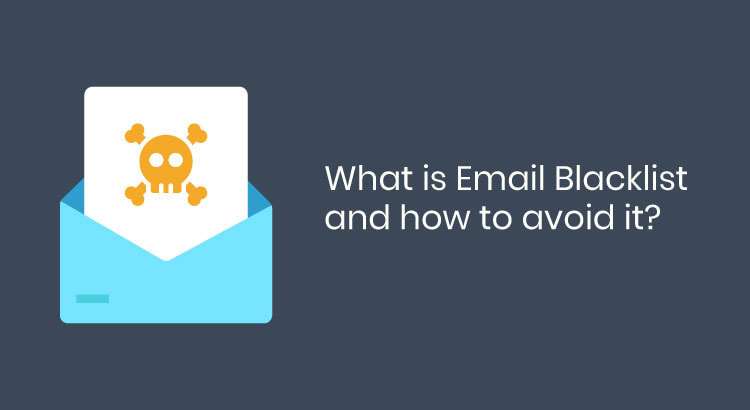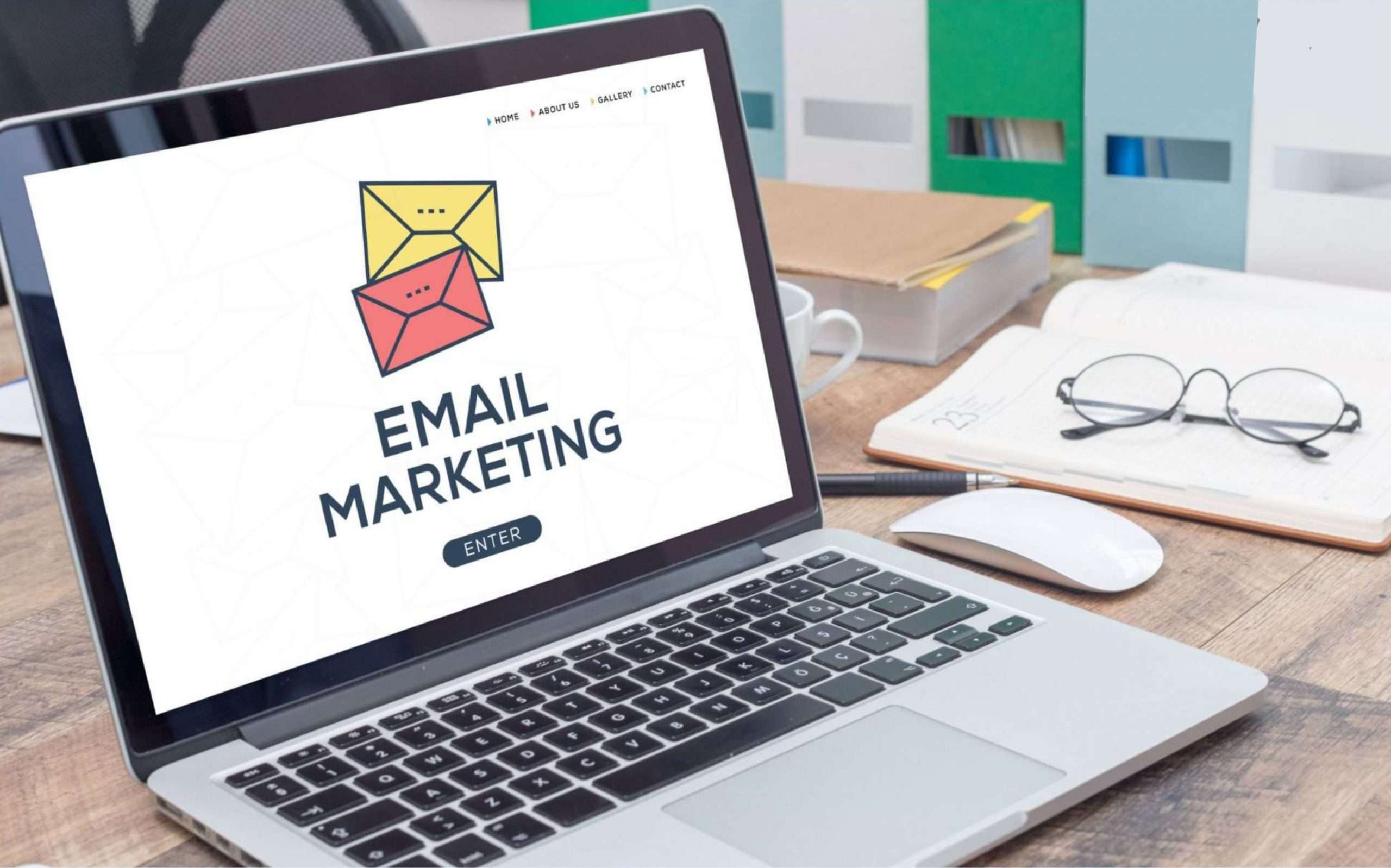1,747,521 total views, 11 views today
Although there is no foolproof formula for determining how often brands should email leads, marketers can take measures to increase the likelihood that their emails will be useful.
Many businesses rely heavily on email marketing. While it’s possible that a single email might be ignored because the recipient is too preoccupied to read it or simply missed it, sending multiple emails to the same person will likely result in them either ignoring the messages altogether or marking them as spam and subsequently blocking you from receiving any further emails. As a marketer, what should one do?
There is no perfect schedule for sending emails.
“Chillreptile’s head of content, Sam Rexford, has remarked that there is no ideal frequency or cadence for sending out marketing emails. While several online resources provide marketing frequency benchmarks, Rexford dismisses them as “nonsense.”
You may start testing frequencies to find the ideal cadence for your brand if you have a thorough knowledge of your audience, the reasons they subscribe to your material, and the outcomes they expect from your content “said Rexford. Some of the most successful email marketers I know send out messages as frequently as three times a day. Why? Customers will remain loyal so long as the content they paid for continues to provide them with value.
The secret is presenting your audience with insights, education, and information that will actually assist them and help them overcome the enormous difficulties they are facing, Rexford emphasized.
With the right messaging, “you can present yourself as an authority in your subject that can assist your audience level up,” Rexford said, and your readers will be eager to keep up with your content and eagerly anticipate your emails.
Sending emails should be quick, concise, and… enjoyable?
According to Mike Miller, founder of Wilderness Times, an organization can email three to four times each week if the emails are valuable.
Miller remarked that most emails were boring and unappealing to read, adding that their recipients would learn nothing from them. “After giving it some thought, I’ve realized that the vast majority of the marketing emails I receive are really advertising or discount codes. Instead, focus on creating content that resonates with your target audience. Make them excited to see one of your emails in their inbox. Include a pitch or call to action in every email, but don’t forget to keep it lighthearted.
Miller believes that in today’s culture of short attention spans, multiple, shorter, more focused emails are preferable to one longer, more wordy email because email is a happy medium between a tweet and a blog; it’s short enough to read on the train, but long enough to effectively deliver a message.
This is the age of the customer-led business.
According to David LaVine, founder of RocLogic Marketing, LLC, the prospect’s journey state is one of the most critical criteria of effective email frequency.
As LaVine put it, “when they’re in learning mode, they’re lot more likely to be interested in swallowing up knowledge at a quick speed,” as opposed to situations where the customer has recently made a major purchase or where the decision won’t be made for several years. “Also, some folks want to hunt down their own answers, while others would rather have them handed to them. When it comes to content alignment, sending a large number of unrelated emails alongside those that are more on-topic can cause your subscribers to disregard and finally unsubscribe from your messages.
LaVine remarked that a flexible and customised frequency based on the interests and participation of potential customers who are closer to completing a purchase should be used. “Your primary objective should be to shift toward allowing the consumer to set the pace.”
Considering the Circumstances is Important
According to Kent Lewis, CEO of Anvil Media, Inc., “I would focus on the context: transactional (orders, customer service updates) vs. marketing (promotions, sales).” “Both ought to be tried out to see which yields better results in terms of client response and satisfaction. The outcomes will differ from company to company, even among those operating in the same market or the same city.
According to Lewis, the typical e-commerce transaction can result in multiple emails, including the following: purchase confirmation, shipping status, arrival confirmation, request to review, survey, or customer support follow-up. However, the same e-commerce brand may only reach out to a subset of its database each year for sales and newsletters.
He then emphasized the relevance of the business sector. An online store or manufacturer, for instance, might send out emails to its contact list once a week or once a day promoting new or discounted products with little or no unsubscribe rates. On the other hand, if a producer of business equipment sends emails more frequently than once a month or once every three months, it risks losing subscribers.
Put the Force in the Inboxes of Your Prospects
Marketers can all agree on one thing: different leads and consumers will react differently to emails. While some customers may find the brand’s email frequency to be just right, others may find it to be either too seldom or too frequent for their liking.
Moriarty’s Gem Art’s marketing manager, Jeff Moriarty, has noted that the key to frequency is to make sure the subscriber is expecting the quantity of emails you are sending.
Give them a choice of subscription plans when they sign up for them. To illustrate, Moriarity suggests a weekly newsletter or a “bargain of the day” newsletter. If they join either, they will be informed in advance of the total number of emails they will get. They will fire you if they have low expectations and you exceed them with a shipment that they previously said they would approve of. If this happens, make sure to provide them other options, such as less frequency, but also specify the total number of emails they will receive until they unsubscribe.





